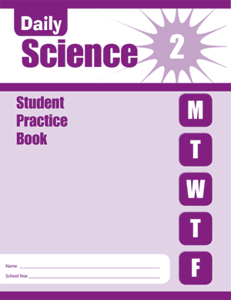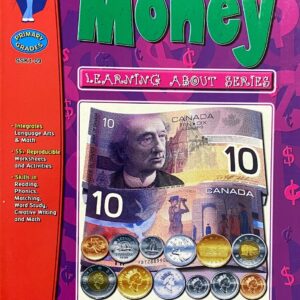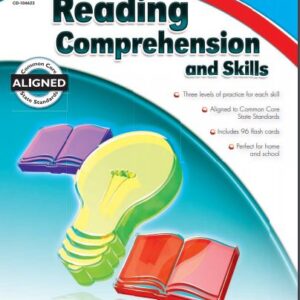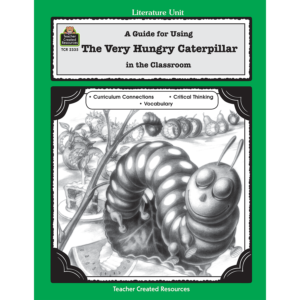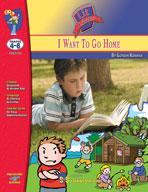Daily Science Student Book Gr 2
$12.99
9 in stock
- Satisfaction Guaranteed
- No Hassle Refunds
- Secure Payments
Description
Fit standards-based science instruction into your curriculum!
Help your grade 2 students develop a genuine understanding of standards-based scientific concepts and vocabulary using the 150 engaging activities in Daily Science! A variety of rich resources, including vocabulary practice, hands-on science activities, and comprehension tests in multiple-choice format, help you successfully introduce students to earth, life, and physical science concepts.
30 weeks of instruction cover the following standards-based science topics:
Big Idea 1: Different kinds of living things have different life cycles.
Week 1: Why do kangaroos carry their babies in pouches
Week 2: How does a caterpillar change into a butterfly
Week 3: How do tiny seeds turn into giant trees
Week 4: Why do some plants have flowers
Week 5: Unit Review
Big Idea 2: Plants and animals look a lot like their parents.
Week 1: What’s the difference between foxes and wolves
Week 2: Why can’t an apple tree grow oranges
Week 3: How can a spotted cat have striped kittens
Week 4: Why don’t all grapes have seeds
Week 5: Unit Review
Big Idea 3: Earth contains rock, water, and air. People use all of these things.
Week 1: How far up does the sky reach
Week 2: How much water is there on Earth
Week 3: Why do beaches and deserts have sand
Week 4: Why do people recycle
Week 5: Unit Review
Big Idea 4: The sun, moon, and stars all have predictable patterns of movement.
Week 1: What happens to the sun at night
Week 2: Why aren’t stars always in the same part of the sky at night
Week 3: Is the moon a planet
Week 4: Why does the moon change shape
Week 5: Unit Review
Big Idea 5: Sounds are made by vibrating objects. Sounds can travel through solids, liquids, and gases.
Week 1: How do crickets chirp
Week 2: Where do echoes come from
Week 3: Does sound travel underwater
Week 4: How do animals without ears hear
Week 5: Unit Review
Big Idea 6: Magnets make some things move without touching them. They also attract or repel other magnets.
Week 1: Why does a magnet stick to a refrigerator but not a window
Week 2: How can magnets move things without touching them
Week 3: Why are some magnets stronger than others
Week 4: How does a compass work
Week 5: Unit Review
Additional information
| Weight | 1 kg |
|---|

